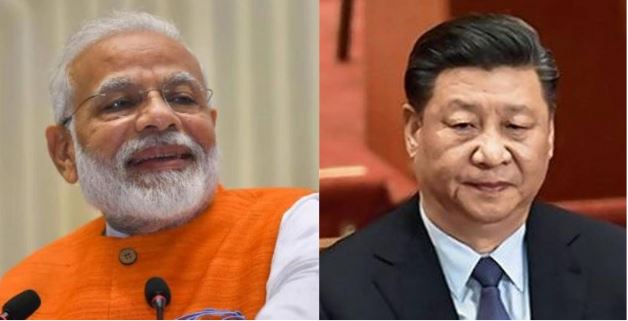While many had interpreted the Galwan valley bloodshed as an impulsive clash between the Indian Army and the Chinese People’s Liberation Army (PLA) amidst heightened tensions, some new revelations suggest that the violent face-off was in the offing for quite some time. In this sense, the Galwan Valley bloodbath becomes much more embarrassing for China, because despite extensive preparations PLA soldiers were beaten black and blue during the Galwan face-off.
According to the EurAsian Times, some experts have told that Beijing could have planned a violent face-off in Ladakh right after the Indian Army gave the PLA a bloody nose in Doklam in 2017. China had felt embarrassed after India stood its ground in Doklam, and wanted to retaliate from a position of advantage.
What the EurAsian Times has claimed sounds quite credible primarily because of two factors. One, China mobilised its troops in Ladakh when the Wuhan virus Pandemic had gripped India, maybe because the PLA would have thought that the Indian security establishment wouldn’t be prepared for an aggressive move amidst the public health emergency.
And two, reports were suggesting meticulous planning by China for the Galwan valley bloodbath. Reports from both Indian and American security agencies suggest that China had planned the Ladakh stand-off well in advance.
Moreover, as India Today reported, the PLA had sent a new set of troops, freshly diverted from a PLA exercise in China-occupied Tibet in the latter half of May. Beijing thus knew all along that it was pushing ahead with a violent scuffle at the Galwan Valley. The ‘new’ troops must not have been regular infantry troops and it is very much possible that Beijing deployed soldiers from any of its elite units to take part in the close-quarter, hand-to-hand battle that was to follow. Therefore, the Galwan Valley clash wasn’t a result of heightened military tensions, rather it was a well thought out military move on Beijing’s part.
At the end of the day, China wouldn’t have made a belligerent move for no reason and this is where the Doklam angle comes in. During the 73-day standoff at Doklam, Beijing was certainly taken aback by the strategic advantage that India enjoyed and an assertive New Delhi which didn’t budge despite continuous threats from the Chinese propaganda machinery.
Ultimately, it was the PLA which had to give up in Doklam and drawback from the point of confrontation. It was quite a blow that dented the Dragon’s tough image and within Beijing’s strategic/ military circles, there must have been a desire to hit back at India. Therefore, it chose to up the ante in Ladakh where China is already wary of India’s growing intent to reclaim China-occupied Ladakh (Aksai Chin).
The Galwan Valley face-off has, however, only turned out to be a bigger embarrassment for China than the Doklam standoff itself. This time around the PLA has lost men- so many of them that it cannot even disclose the numbers. The Ladakh standoff is itself turning out to be a futile exercise for Beijing because the Indian side will remain firm on status quo ante during military-level talks with China. If asked, China will have a tough time explaining what it gained out of the Ladakh standoff and the Galwan Valley bloodshed.
Clearly, China prepared for three years to retaliate after the Doklam embarrassment. But, China has only suffered yet another setback. After the Doklam, the perception was that China can no longer bully India at will. But after the Galwan bloodbath, the perception is that the PLA cannot strong-arm the Indian Army even after meticulous planning and preparations.
